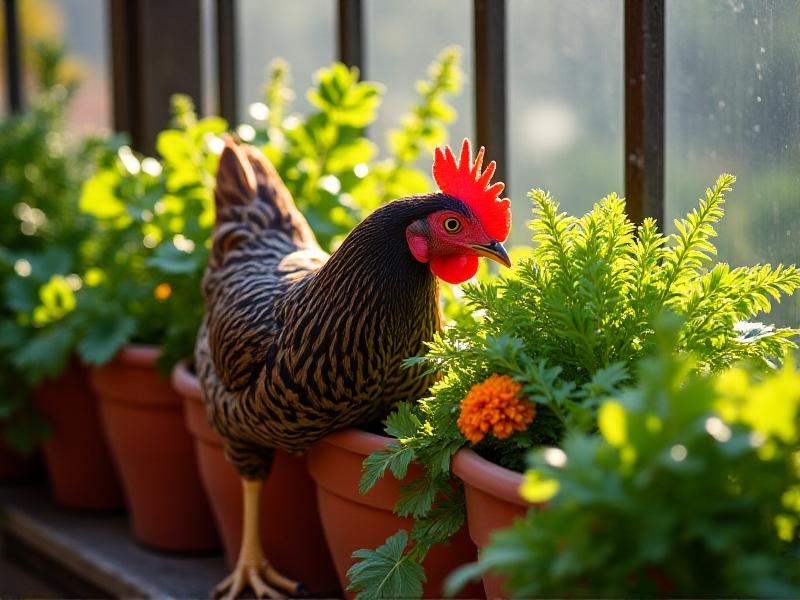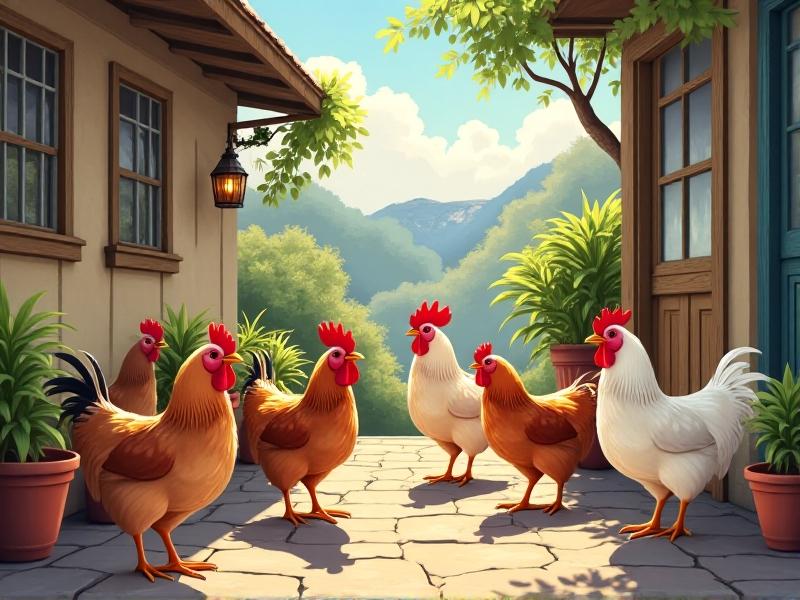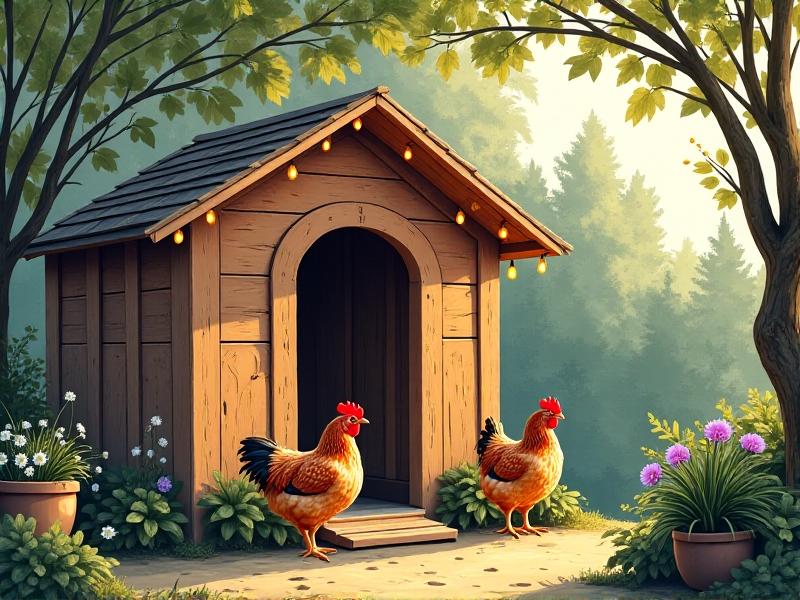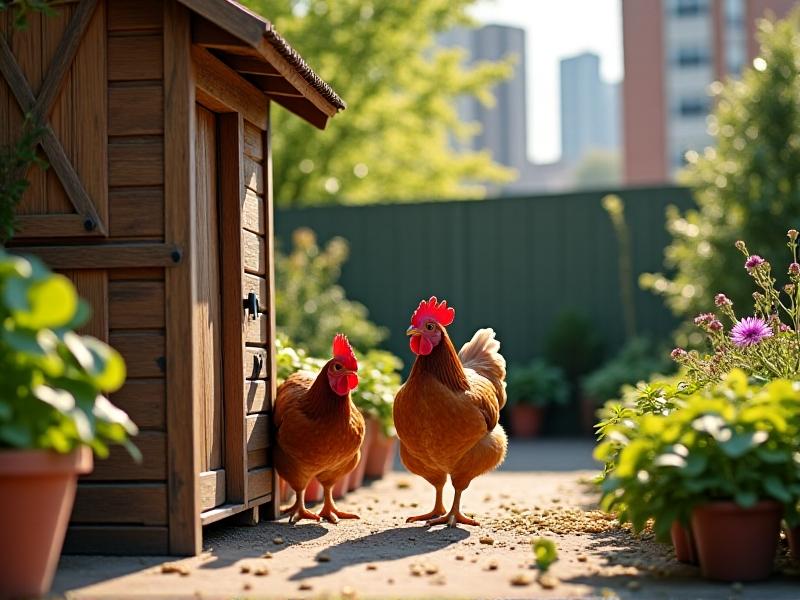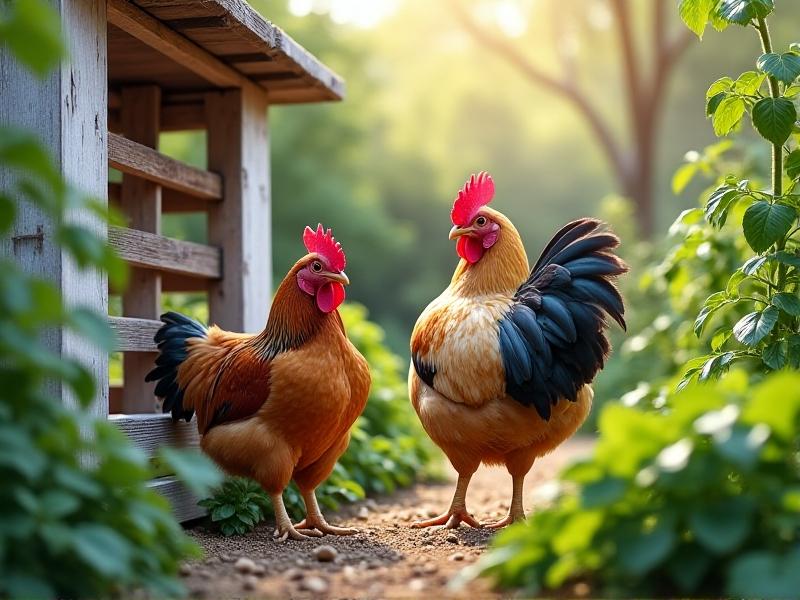Urban Foraging: Safe City Plants for Free-Range Chickens
Why Urban Foraging Benefits Your Flock and the Environment
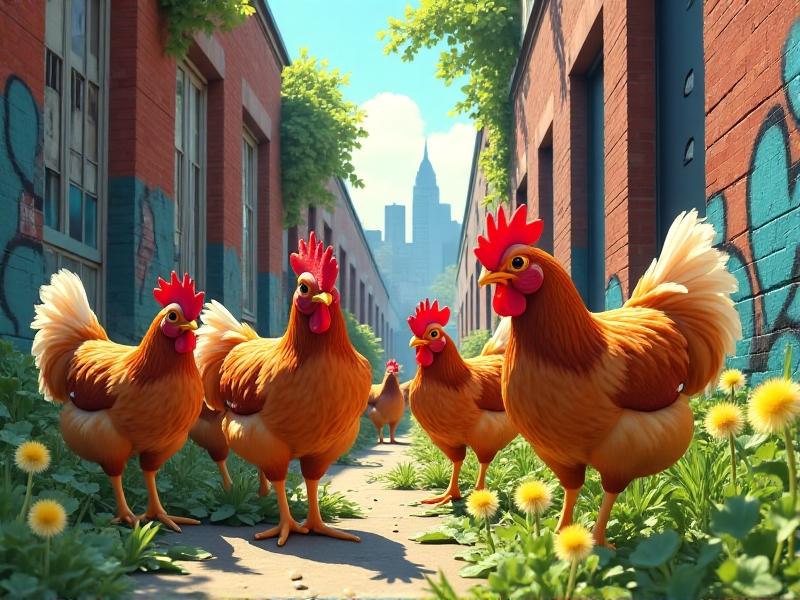
Urban foraging transforms overlooked city greenery into a nutritional goldmine for backyard chickens. Free-ranging flocks thrive on diverse diets, and scavenging plants like dandelions or clover provides vitamins, minerals, and enrichment. Foraging also reduces feed costs while encouraging natural behaviors—scratching, pecking, and exploring. Environmentally, it’s a win-win: chickens control weeds, fertilize soil, and cities gain “feathered landscapers” to maintain green spaces sustainably.
Beyond practicality, foraging deepens your connection to local ecosystems. Many urban plants are hardy survivors, adapting to pavement cracks and polluted soils. By identifying these species, you’ll discover how cities support biodiversity—and how your chickens can participate in that cycle without compromising their health.
Identifying Safe and Nutritious Plants in the City
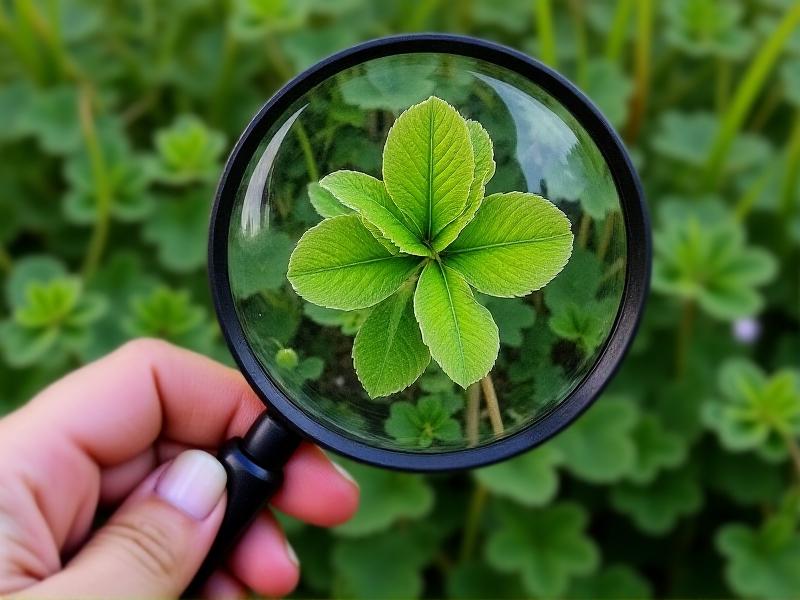
Start by learning three to five common edible weeds. Dandelions, plantain, and clover are widespread, easy to recognize, and packed with nutrients. Use field guides or apps like iNaturalist to verify species. Focus on areas away from heavy traffic or industrial zones to minimize contamination from exhaust or chemicals.
Look for plants with intact, vibrant leaves and avoid those with mildew or insect damage. Cross-reference multiple sources to confirm safety—some toxic plants mimic edibles. For example, harmless wild carrot (Queen Anne’s lace) resembles deadly hemlock. When in doubt, skip it.
Top 10 Urban Plants Your Chickens Will Love
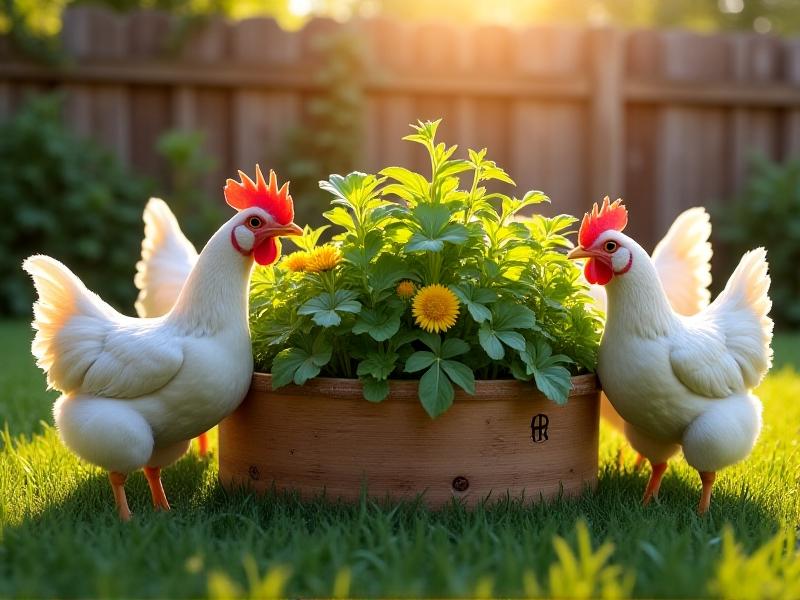
1. Dandelion: Every part is edible, rich in vitamins A and K. 2. Clover: High protein blooms. 3. Plantain: Soothes digestive issues. 4. Chickweed: Tender greens for hydration. 5. Garlic Mustard: Immune-boosting compounds. 6. Purslane: Omega-3 fatty acids. 7. Lambsquarters: Nutrient-dense alternative to spinach. 8. Mulberry Leaves: Antioxidant-rich. 9. Nasturtium: Natural dewormer. 10. Rose Hips: Vitamin C boost in fall.
Introduce new plants gradually to monitor your flock’s response. Offer chopped leaves or hang whole plants for pecking enrichment.
Toxic Plants to Avoid in Urban Foraging Zones

Common toxic species include nightshade (green berries), foxglove , lily of the valley , and rhododendron . Avoid areas where ornamental shrubs are planted, as many are poisonous. Remove any unknown vines or plants with milky sap, a potential red flag.
Train chickens to avoid harmful plants by offering safe alternatives abundantly. If ingestion is suspected, contact a poultry vet immediately with a plant sample.
Seasonal Foraging: What to Gather Year-Round
Spring: Tender chickweed and dandelion buds. Summer: Blooms like clover and purslane. Fall: Berries and seed heads. Winter: Evergreen needles (except toxic yew) or stored dried greens. Adapt your forage spots as seasons shift—parks in summer, sheltered alleys in winter.
Ethical Foraging Practices for Urban Chicken Keepers
Harvest sparingly to preserve plant populations and wildlife habitats. Avoid private property unless permitted. Use scissors to cut greens cleanly, allowing regrowth. Join local foraging groups to share knowledge and protect urban ecosystems.
How to Prepare and Serve Foraged Greens Safely
Rinse plants thoroughly to remove pollutants. Soak in vinegar-water solution (1:3 ratio) for gritty soil. Chop tough stems for easier eating. Mix foraged greens with regular feed to balance nutrition. Dry surplus herbs for winter treats.
Connecting with Community Through Urban Chicken Foraging
Share excess forage with neighbors or local co-ops. Organize ‘weed walks’ to teach identification. Collaborate with city planners to designate safe foraging zones in community gardens. Together, we can reimagine cities as shared spaces for people and poultry alike.
